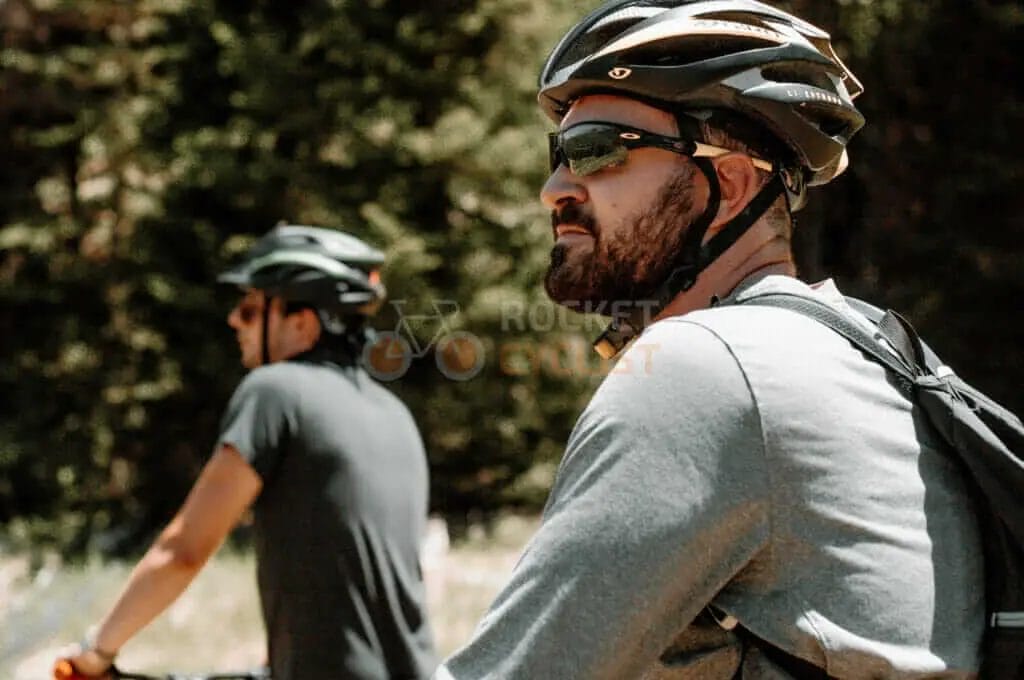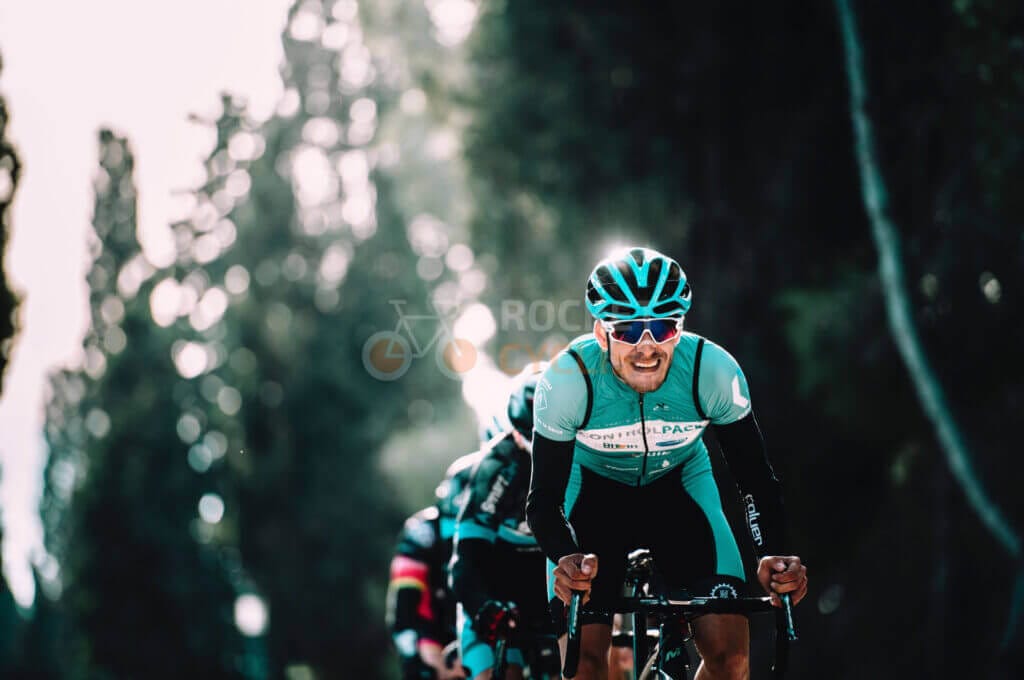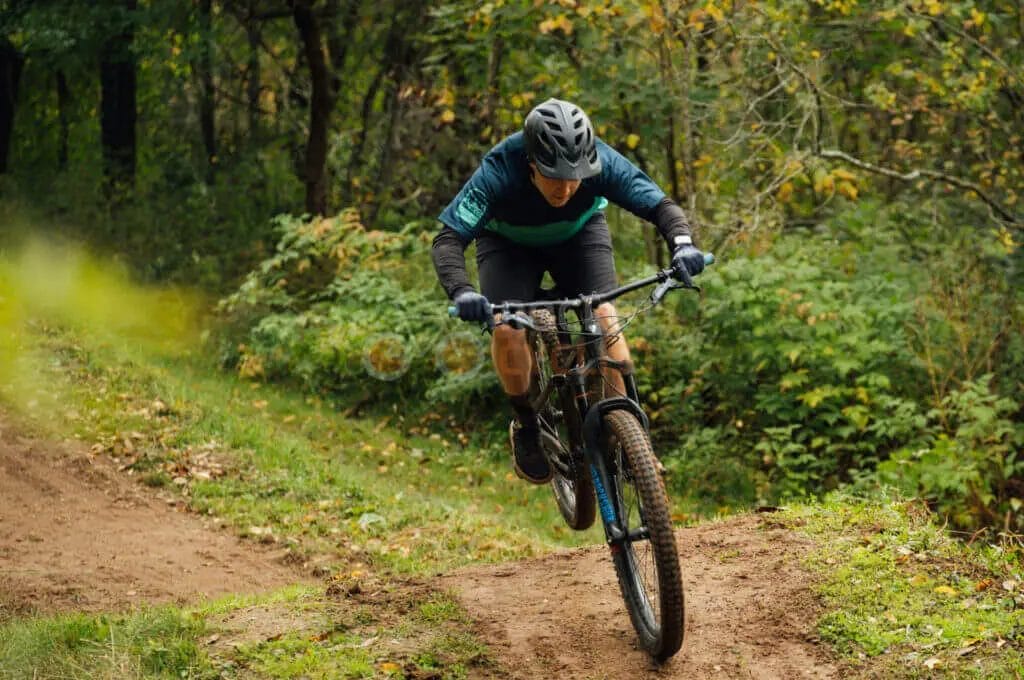Last Updated on March 31, 2024 by Vinson Lozano

So, you just had a tooth extraction, and you’re an avid cyclist. You’re probably wondering, “Can I jump back on my bike right away?” Hold those gears for a moment. It’s crucial to understand why taking care post-tooth extraction is important and how physical activities can affect the healing process. Let’s delve in!
Why It’s Important to Take Care After Tooth Extraction

After a tooth extraction, your body begins its natural healing process. However, this can be quite delicate and could easily be disrupted by high-intensity activities, like cycling. Post-extraction, your dentist gives you a roadmap to follow, and the focus is usually on rest, relaxation, and recovery to ensure optimal healing. Ignoring these could lead to the dreaded “dry socket”(a painful condition that can occur after tooth extraction) or other complications like bleeding or swelling.
Understanding The Healing Process
Following extraction, a blood clot forms in your tooth socket. This clot is critical as it serves as a protective layer for underlying bone and nerve endings and jumpstarts the healing process. Any strenuous activity, including rigorous cycling, can disrupt this clot leading to delayed recovery or complications like increased pain or infection.
Effects Of Physical Activity On The Healing Process
Physical activity like cycling can increase your heart rate and blood pressure, enhancing the likelihood of dislodging the blood clot in the socket. Cycling could also dehydrate you, which is not ideal post-extraction as hydration aids your healing process by keeping your mouth moist and reducing the risk of dry socket.
Can You Cycle After Tooth Extraction?
The short answer is, it is best to wait. Generally, medical professionals advise against doing any strenuous activities for at least 12-48 hours post-extraction. Everyone heals at a different pace, so consider checking in with your dentist before hopping back onto your bike. Balancing your longing for physical activity with your body’s need to heal is key. In the meantime, focus on rest, proper hydration, and following your dentist’s aftercare instructions. Smooth roads and thrilling cycling are just around the corner!
The Impact of Cycling After Tooth Extraction

You might wonder why you should cool the pedals following a tooth extraction. The key here is understanding the effect of strenuous activities, especially cycling, on your healing process.
Why Cycling After Tooth Extraction Is Not Recommended
Your dentist’s advice to avoid intense physical activities such as cycling after tooth extraction may seem a touch excessive. But there’s good reasoning behind it.
After extraction, the healing process begins immediately with the formation of a protective blood clot in the socket. This crucial stage could be jeopardized by any activity that raises your heart rate excessively. Undoubtedly, cycling falls into this category. When you cycle, your heart rate climbs, consequently increasing your blood circulation. While this is usually a good thing, it might cause the newly formed blood clot to dislodge, thereby interrupting the healing and resulting to a slower recovery pace.
Furthermore, cycling, being an outdoor activity, exposes you to environmental elements like wind and dust. These could lead to dry mouth, which doesn’t bode well for your healing process. Keeping your mouth moist has numerous benefits: it aids healing, reduces the risk of dry socket, and prevents bacteria infection, among others.
Potential Complications and Risks
Ignoring your dentist’s advice and pressing pedals too soon might plunge you into a world of complications. The direst of these is the dreaded “dry socket.” This painful condition occurs when the blood clot protecting the exposed bone and nerves in your socket gets dislodged or dissolves too soon. Exposed, these tissues could be an easy target for bacteria and food particles, leading to infection.
Other potential complications include prolonged gum bleeding and swelling. Cycling could strain your body, leading to an increased heart rate and blood pressure, which in turn could cause bleeding.
Gentle reminder, everyone’s body heals differently, making the recovery period subjective. But taking at least a 48-hour break from intense activities like cycling, keeping well hydrated, and adhering to your dentist’s instructions should set a course for smooth recovery. After this recovery phase, you can always return to your beloved bike and the open road once more.
When Can I Cycle Again?

As a passionate cyclist, it’s completely understandable that you’re eager to get back on the saddle after getting a tooth extracted. Of course, your health should always remain a priority.
Factors to consider for a safe recovery period
Here are some factors that you need to take into account during your recovery period:
Your Physical Condition: Immediately after the extraction, you may experience discomfort, such as swelling and mild pain, which might impair your ability to cycle comfortably. Remember, it’s crucial for your body to have enough rest and energy to heal properly.
Dentist’s Recommendation: Everyone’s body responds differently to procedures such as extractions, resulting in varying healing times. Always consult your dentist about when you can resume cycling, as they have detailed understanding of your specific circumstance.
Type of Extraction: The complexity of the extraction plays a significant role in the healing process. A simple extraction generally has a quicker healing time than a more complicated surgical extraction.
Guidelines for resuming cycling after tooth extraction
As you weigh the desire to get back on your bike against your body’s need to heal, consider these guidelines:
- Wait At Least 48 Hours: Following an extraction, it’s recommended that you avoid strenuous physical activities, including cycling, for at least 48 hours. This crucial period allows for the initial healing to take place and reduces chances of complications.
- Start Gradually: Once your dentist clears you, get back into cycling at a gentler pace than your usual routine. Listen to your body, and avoid pushing beyond your comfort limit.
- Hydrate and Rest Regularly: Stay hydrated and take regular breaks during your early rides post-extraction. This will aid the healing process and keep dry mouth at bay, reducing potential discomfort and risk of dry socket.
- Monitor Your Symptoms: If you experience increased pain, swelling, or bleeding after you begin cycling again, stop and contact your dentist immediately.
It’s essential to honor your body’s healing process without rushing it. Just bear in mind, this is a temporary break in your cycling regimen, not a permanent stop. By following your dentist’s advice and being patient with your recovery, you’ll be safely back to cycling before you know it.
Alternative Activities During Recovery

With your bike temporarily on the sidelines, you may be wondering how you can stay active while your mouth heals. Don’t fret! There are several low-impact exercises you can perform effectively without interfering with your healing process. However, it’s essential to remember that during this time, your primary objective isn’t to break any fitness records but to maintain circulation and physical wellbeing.
Gentle Exercises to Maintain Physical Activity
Walking: This is a simple and very beneficial physical activity. Taking a gentle walk allows you to engage in a cardiovascular activity that’s much easier to control than cycling. Start with a comfortable speed and gradually increase as your body permits.
Yoga: Various yoga poses provide excellent workouts for the body without offering much strain. Plus, practices like deep breathing or mindfulness can aid in relaxation and speedy recovery.
Stretching: Engaging in light sessions of stretching exercises can help maintain your muscle flexibility and mobility. But remember not to stretch to a point where it increases your heartbeat dramatically.
Squats and lunges: Bodyweight exercises like squats and lunges are an excellent way to keep the body active. Do these exercises slowly and without weights to avoid increasing your blood pressure.
Activities to Avoid During the Healing Process
While some activities can be beneficial, others can potentially hamper your recovery following a tooth extraction. These are some to steer clear from:
Heavy Lifting: Avoid lifting heavy weights until you recover fully as it can lead to an increase in blood pressure and disrupt the healing area.
High Impact Sports: Any sport that involves bodily contact, like football or basketball, should be avoided under all circumstances as it possesses a risk of injuring your mouth.
Swimming: While swimming is generally a low-impact sport, it is best to avoid during the initial healing period. The water pressure in swimming pools could disrupt blood clots in your extraction site.
On your road to recovery, the mantra is to honor your healing process. It might be tempting to get back to your high-intensity workouts, but remember that moderation is key during this time. Soon enough, you’ll be back on your bike, hitting the roads with your usual fervor.
Conclusion
Importance of Following Post-Extraction Instructions
After your tooth extraction, you’d probably want to be back on your bike as soon as possible. But here’s an essential pointer for you – it’s critical to understand the importance of allowing your body the time it needs to heal. Why do you ask? Well, embarking on strenuous activities such as cycling may have adverse effects on your healing process. It can cause your blood pressure to rise, which in turn might result in bleeding or swelling at the extraction site.
Therefore, it’s crucial for you to follow your dentist’s post-procedure guidelines diligently. If they recommend abstaining from vigorous activities such as cycling for a few days or a week, heed their advice. Always remember, your top priority at this time should be your healing process, not how fast you can get back to spinning your wheels!
Taking Care of Your Oral Health During Recovery
Taking care of your oral health post-extraction involves a few precautionary measures. For starters, it’s essential to avoid rinsing your mouth, spitting, and using a straw for 24 hours following your extraction procedure. These activities could dislodge the blood clot in the extraction site and delay healing or cause painful conditions such as dry socket.
Introduce a gentle saltwater rinse into your routine 24 hours after your extraction, and ensure to rinse gently. Also, maintaining good oral hygiene is vital, but refrain from brushing directly around the extraction site for the first few days.
Remember to be gentle with your mouth and avoid irritating the extraction site. If you experience pain or discomfort that seems to worsen over time or any signs of infection such as fever, chills, or persistent swelling, immediately reach out to your dental healthcare provider.
In a nutshell, allow yourself the time to recover fully after a tooth extraction before returning to cycling. It might be tempting to get back on the road, but it’s essential to honor the healing process. Give your body the rest it needs and, before you know it, you will be back on your bike, exploring exciting trails and enjoying the open air.


